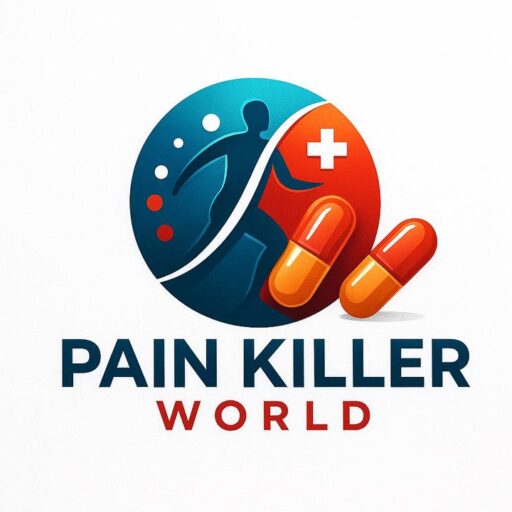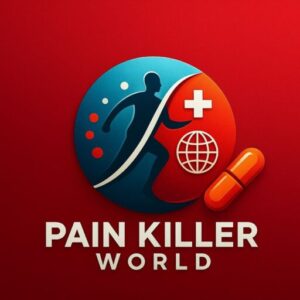What OxyContin is
OxyContin is a brand of extended‑release oxycodone, an opioid pain medication. It releases oxycodone slowly over ~12 hours to manage ongoing pain. The drug is metabolized by the liver into compounds (including noroxycodone and oxymorphone) that labs may also detect.
How long it stays in your body — typical detection windows
These are general ranges; individual results vary:
-
Blood: up to 24 hours (sometimes shorter).
-
Urine: typically 1–4 days after last use; heavy or chronic use may extend detection toward the upper end.
-
Saliva: about 1–4 days.
-
Hair: up to 90 days (hair tests detect use over months, not recent use).
Note: the pharmacologic half‑life of oxycodone is roughly 3–5 hours (this is the time for blood levels to fall by half), but because OxyContin is extended‑release, effective drug exposure is prolonged — which influences detection windows and clinical effects.
Factors that affect how long it’s detectable
-
Dose and frequency: Larger doses and long‑term use increase how long it’s detectable.
-
Metabolism: People with faster metabolisms clear drugs quicker. Genetics and liver enzyme activity matter.
-
Liver and kidney function: Impaired function slows clearance, lengthening detection.
-
Age and body composition: Older age and higher body fat can affect distribution and elimination.
-
Urine pH: Acidic urine can increase excretion of some opioids; pH influences urine test results.
-
Formulation: Extended‑release vs. immediate‑release changes exposure patterns.
Important safety notes
-
Do not attempt to alter or “beat” drug tests — that’s unsafe and often illegal. I can’t help with that.
-
If you’re prescribed OxyContin, take it exactly as directed. Never crush, chew, or alter extended‑release tablets — doing so can release a lethal dose.
-
If you suspect overdose (very slow/absent breathing, unresponsiveness, pinpoint pupils), call emergency services immediately and seek naloxone if available.
Need personalized advice?
If you’re worried about interactions, clearance because of surgery, workplace testing, or dependence, talk to your prescriber, pharmacist, or a medical toxicologist. If you’d like, I can also summarize withdrawal symptoms, testing procedures, or safe disposal options for unused meds. Which would help you next?

 Pain Killer World
Pain Killer World